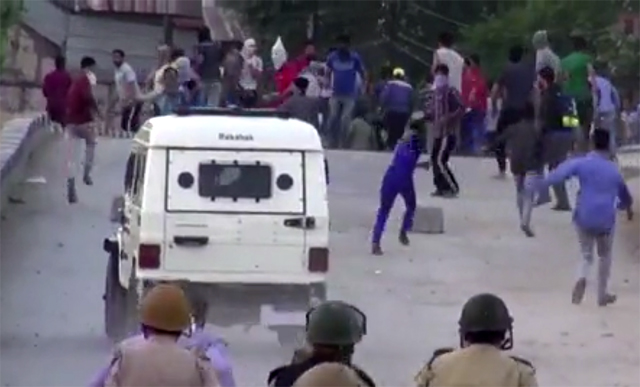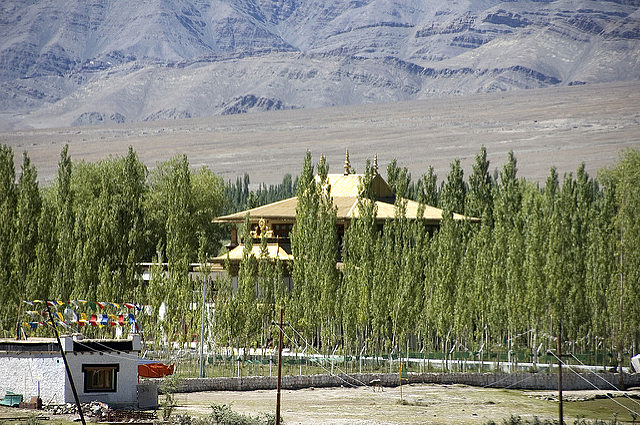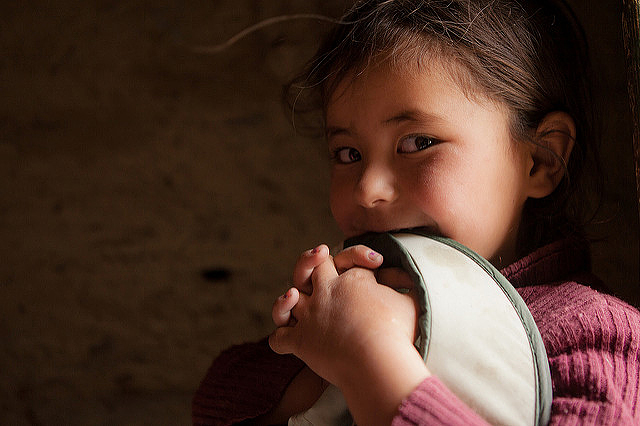“Over the past few weeks, six people have died, with hundreds injured, during the worst sectarian rioting in the Indian state of Jammu and Kashmir in decades.” That news report opening sentence, written eight years ago about strife in Kashmir, could be repeated today except that the numbers of casualties are higher this time. And this latest period of violence, popularly referred to as the “Kashmir Unrest of 2016,” may pose a greater threat to the Ladakhi people than the events of 2008.

A current background report in the Wikipedia indicates that the rioting began after a militant Muslim leader named Burhan Wani was killed by Indian security forces on July 8. The entire Kashmir Valley erupted in riots and protests against India—the Muslims against the Hindu majority nation. All 10 districts of the state located in the valley were placed under a curfew on July 15. By July 25, over 50 people, including two police officers, had been killed and more than 5,800 had been injured. The daily news stories continue to be grim: “Kashmir unrest: Fresh protests erupt in the Valley; 3 killed, over 150 injured,” one headline read last Friday evening, summarizing the events of the day.
One of the more critical questions is to untangle how the strife in Jammu and Kashmir is affecting the third major section of the state, the mountainous region of Ladakh, and the famously peaceful Ladakhi people. Ravina Aggarwal (2004) wrote that the political, religious, social and cultural problems that exist in Ladakh are exacerbated by the divisions in the larger Indian state of which it is a part. She analyzed in her book the complexities not only of the Muslim-Hindu situation in the state but also the divisions in Ladakh itself, which is fractured into conflicting districts and beliefs.
A news story last week described the ways the unrest and violence is affecting Ladakh by prompting an increased number of Kashmiris to flee into the mountains, “shifting to the ‘peaceful’ Ladakh region,” as the journalist, Arteev Sharma, put it. Numerous Ladakhis are becoming quite concerned about the refugees pouring in; they fear that the newcomers will bring their violence along with them.

Jamyang Tsering Namgyal, the BJP councilor from Leh, expressed his alarm over the numbers of Kashmiri refugees he’s become aware of. He said in a Facebook post that when he was last in the Zanskar region, he saw hundreds of them, including many young people, moving into tent communities at Rangdum. He expressed hope that the police at their checkpoints would be “doing their duty and making the required enquiries.”
He added that many Kashmiris—he called them “Khachulpas”—are also erecting tent cities a few miles outside of Leh, and they are staying with friends and relatives in Leh itself. Some of them are even trying to buy land so they can build their own houses. “It’s our collective responsibility to make the public aware of the consequences so that we can keep intact the peace, progress and prosperity of Ladakh. I wish Ladakh will remain as Ladakh, not change to Khachul (Kashmir),” he wrote.

The news story quoted other Ladakhi leaders. P.T. Kunzang, Vice-president of the Ladakh Buddhist Association, said that the authorities are monitoring the immigrants, “as there may be some elements among them who may create trouble and cause disturbance here.” Stanzin Dorjey, from the police station in Leh, said that some Kashmir families had moved into Choglamsar, a couple miles from Leh. He said that the police are watching all the entry points into the city and checking the identification of all visitors.
The reporter alerted readers to the fact that there are two districts in Ladakh—the predominantly Buddhist district of Leh and the mostly Muslim district of Kargil. The proportion of Buddhists compared to Muslims in the two districts is changing—the number of Muslims is gradually increasing compared to the number of Buddhists.

But the issue of greatest significance is the influx of immigrants from the lowlands—the refugees from the fighting. How will their values affect isolated hamlets like Rangdum? Nawang Rigzin Jora, a member of the state Legislative Assembly from the Congress Party, summarized their fears: people from the more populous parts of the state have been welcomed in Ladakh in the past as tourists, but they have not stayed permanently.
“There is no doubt there is little in common between the Kashmiri and Ladakhi people. Their outlook is quite different.” He might have added that the Kashmiris, through a complex of reasons analyzed by Aggarwal, have learned to dramatize their disputes through violence; the Ladakhis have a strong tradition of walking away from conflicts, of trying, though not always successfully, to retain their history of nonviolence.